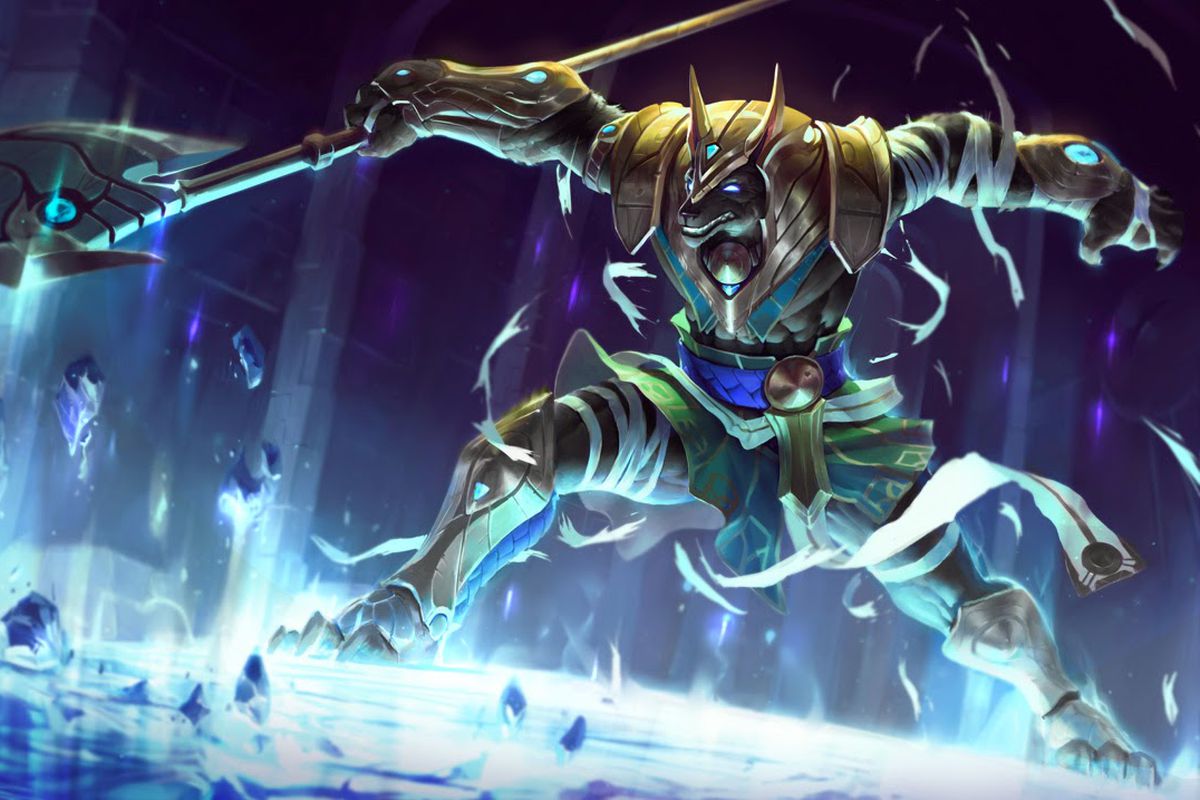
The Grimm's coloration visually symbolizes the taijitu, with one head and body section black and the opposite side white. The king's name references the taijitu, a symbol or diagram in Chinese philosophy representing Taiji in both its monist and dualist aspects. Of the different Grimm, the amphisbaena appears to be the King Taijitu, a two-headed snake or serpent. The amphisbaena was endangering the region of Kovir until the beast was slain by Geralt's hand.Īmphisbaena is referenced in RWBY, an animated web series created by Monty Oum, in the form of an evil creature called Grimm. The amphisbaena is mentioned in The Last Wish, from The Witcher series by Andrzej Sapkowski, while protagonist Geralt of Rivia recalls past events. The two heads, a red one named Edil and a blue one called Fice, frequently disagree and argue, and sing a song about their miserable plight. In the 1984 animated film Gallavants, an amphisbaena (called a 'Vanterviper' in the film) appears as a minor antagonist.

A creature called Amphisbaena appears in the games Castlevania: Symphony of the Night and Castlevania: Portrait of Ruin but bears little resemblance to other renditions of the creature, appearing as an eyeless 4-legged reptile with the upper body of a human woman sprouting from its long tail instead of a double-headed serpent.

Īmphisbaena appears in some editions of the tabletop roleplaying game Dungeons & Dragons.Īmphisbaena has appeared in several video games as an enemy or boss monster, including La-Mulana and Bravely Second: End Layer. In John Milton's Paradise Lost, after the Fall and the return of Satan to Hell, some of the fallen angelic host are transformed into the amphisbaena, to represent the animal by which the Fall was caused, i.e. It is possible a sighting of an animal like this was the origin of the amphisbaena. The image is captioned, " two headed snakes of India are harmless". One of the animals shown is a two-headed snake, with one head on each end, much like an amphisbaena. 1540), a Portuguese book describing the areas the Portuguese had visited, includes an illustration of the flora and fauna of India. These creatures are found in the Mediterranean countries where many of these legends originated. White suggests that the creature derives from sightings of the worm lizards of the same name.

1540, including a snake resembling an amphisbaena Illustration of the flora and fauna of India, c.


 0 kommentar(er)
0 kommentar(er)
